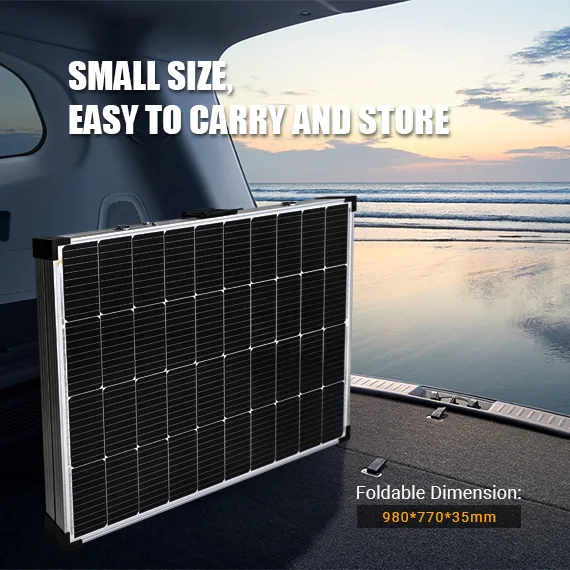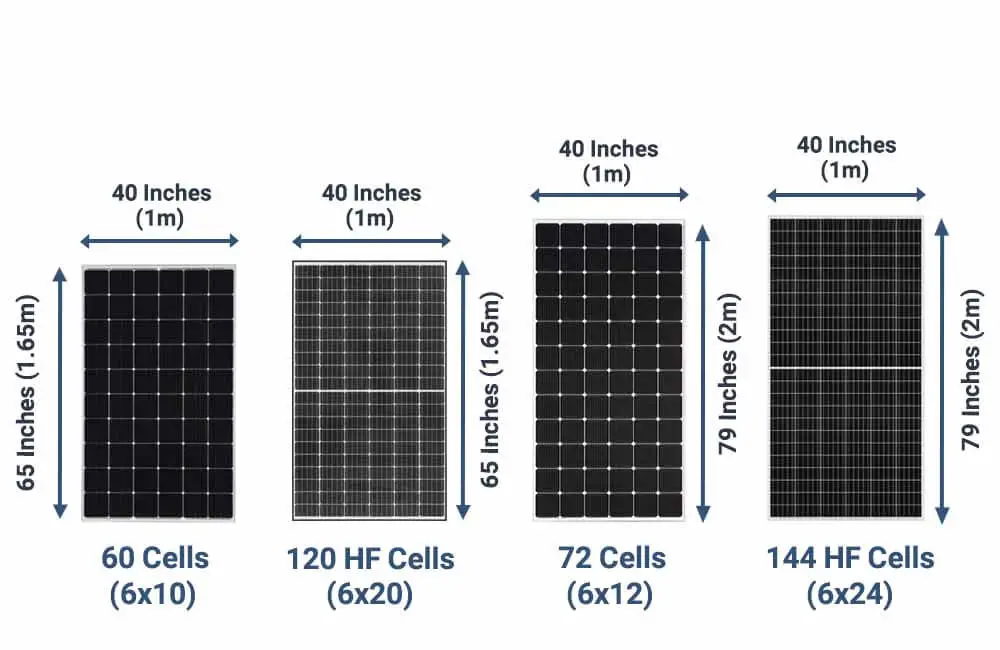As solar power becomes more mainstream in 2025, many homeowners and businesses are asking: “What are the dimensions of a solar panel?” or “What solar panel size dimensions are right for me?” Understanding solar panel dimensions is crucial for planning your solar system installation, maximizing efficiency, and ensuring compatibility with your available space.
In this blog, we’ll break down the standard sizes of solar panels, explain how panel dimensions impact performance, and help you choose the ideal size for your needs.

Why Are Solar Panel Dimensions Important?
Solar panel size directly affects:
-
How many panels you can install on your roof or land
-
How much power your system generates
-
Installation flexibility (especially for RVs, boats, or curved surfaces)
Choosing the right dimensions ensures that your system fits your space while generating enough electricity to meet your needs.
Common Solar Panel Size Dimensions in 2025
Let’s explore the most common solar panel size dimensions available today:

1. Residential Solar Panels
These are the most popular panels for homes.
-
Typical Dimensions: 1.7m x 1.0m (66 inches x 40 inches)
-
Power Output: 300W – 450W
-
Cell Count: 60 or 120 half-cut cells
-
Use Case: Rooftop solar for houses with average energy use
2. Commercial Solar Panels
Designed for larger energy needs and installations.
-
Typical Dimensions: 2.0m x 1.0m (78 inches x 40 inches)
-
Power Output: 450W – 600W
-
Cell Count: 72 or 144 half-cut cells
-
Use Case: Large rooftops, commercial buildings, and solar farms
3. Portable & Flexible Solar Panels
For mobile power solutions.
-
Typical Dimensions: 50cm x 30cm up to 100cm x 60cm
-
Power Output: 20W – 200W
-
Use Case: RVs, boats, camping, off-grid emergency systems
Comparing Solar Panel Sizes by Wattage
| Wattage | Dimensions (approx.) | Weight | Best For |
|---|---|---|---|
| 250W | 1.6m x 1.0m | ~18 kg | Small roofs or limited space |
| 350W | 1.7m x 1.0m | ~20 kg | Residential rooftops |
| 450W | 2.0m x 1.0m | ~23 kg | Commercial or large homes |
| 500W+ | 2.2m x 1.1m | ~25-30 kg | Solar farms, large commercial installs |
What Affects Solar Panel Dimensions?
Cell Technology
-
Monocrystalline panels are usually smaller and more efficient
-
Polycrystalline panels tend to be slightly larger for the same output
Power Output
Higher wattage typically means larger dimensions, unless advanced materials are used (e.g., HJT, TOPCon).
Installation Type
-
Fixed rooftop: Needs standardized sizing
-
Portable/flexible: Requires customized dimensions for mobility
How to Choose the Right Solar Panel Size Dimensions
-
Measure Your Available Space – Roof dimensions and obstructions (chimneys, vents) must be considered.
-
Check Your Energy Needs – Use your electricity bill to calculate average kWh/month.
-
Match Efficiency to Dimensions – Limited space? Choose high-efficiency panels with smaller footprints.
-
Consider Future Expansion – Leave space for adding more panels later if needed.
FAQs About Solar Panel Dimensions
Q1: What are the standard dimensions of a solar panel in 2025?
A1: For homes, it’s about 1.7m x 1.0m. For commercial projects, around 2.0m x 1.0m. Portable panels vary widely.
Q2: Do bigger panels mean better performance?
Not always. Efficiency matters too. A smaller panel with high efficiency can outperform a larger, less efficient one.
Q3: Can I mix different sized panels?
It’s not recommended unless they’re part of a hybrid system designed by a solar installer.
Conclusion: Know Your Dimensions Before You Install
Understanding the dimensions of solar panels is the first step toward building a successful solar energy system. Whether you’re powering a home, business, or RV, knowing the right solar panel size dimensions ensures you get the best performance and value.
Need help choosing the right panel for your project? Contact our solar experts for a custom quote and layout plan.











